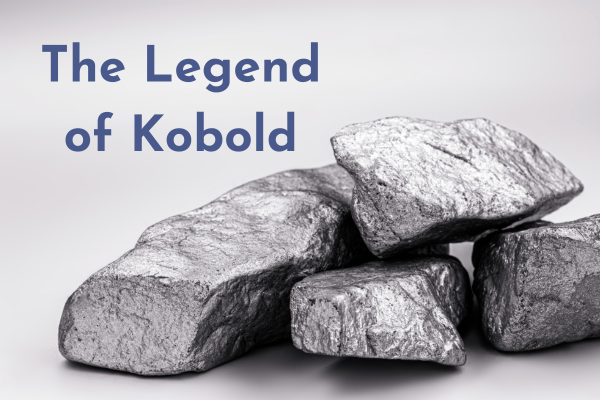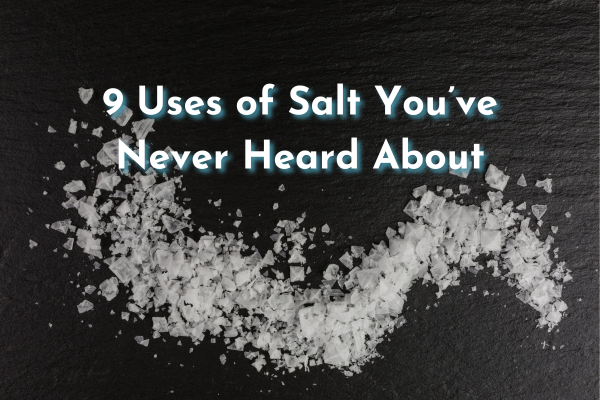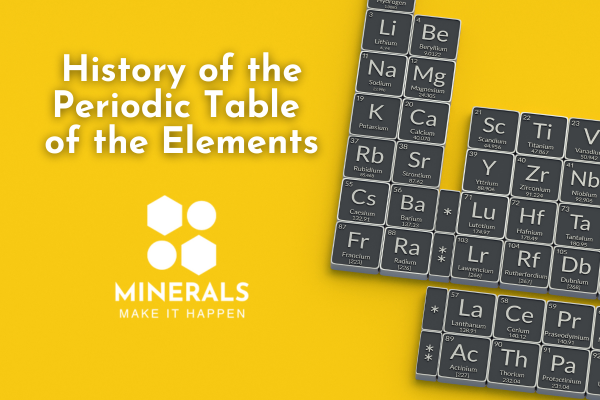October 30, 2024
October 30, 2024

When the ghosts and goblins emerge for Halloween this week, we are reminded of Kobold, a mischievous spirit from German folklore, who has intrigued miners and storytellers alike for centuries. Known as a trickster living underground, the kobold is said to be temperamental, capable of helping or hindering miners in their work. This legendary spirit also left its mark on an essential modern metal: cobalt. Today, cobalt is widely used in technology, renewable energy, and various high-performance alloys, but its name still echoes the kobold's ancient connection to the earth.
The Legend of the Kobold
In German folklore, spirits are said to be inhabiting the depths of the earth. Often regarded as shape-shifters, these spirits can appear as goblin-like creatures or even take human form. In the earliest days of mining, the spirits would play tricks miners. Depending on their mood, they would either assist miners by revealing rich mineral deposits or play cruel pranks by leading them to worthless rocks or even causing cave-ins.
One of these spirits, the Kobold, was a particular bane of silver miners who would often blame Kobold after finding veins of what they believed was silver or copper, only to be disappointed by ores that yielded no valuable metals. The Kobold even poisoned their bodies, causing them to retch and lose all energy. Due to the Kobold’s erratic behavior, miners respected and feared the spirit, making offerings to keep them appeased and avoid their wrath.
The Birth of Cobalt
The mineral "cobaltite" was one of those frustrating ores, making the miners ill. Initially deemed worthless, it would sometimes emit toxic fumes if improperly handled, heightening miners' frustrations. This "cursed" ore, however, turned out to be rich in cobalt, an element later identified and isolated in the 18th century. Once scientists understood its properties, cobalt transformed from a miner’s nuisance to a precious resource, especially in today’s high-tech industries.
What is Cobalt?
Cobalt is a lustrous, silver-gray metal often found in mineral deposits alongside nickel, copper, and iron. It is highly valued for its magnetic properties, durability, and high melting point, which makes it ideal for use in rechargeable batteries, superalloys, and electronics. Cobalt’s importance has skyrocketed with the growth of renewable energy and electric vehicles (EVs), as it is essential in producing lithium-ion batteries, which power devices ranging from smartphones to EVs. In addition, cobalt is used in medical imaging devices, jet engines, and even in pigments for creating brilliant blue hues.
Efforts to improve cobalt sourcing include recycling programs and exploring cobalt-free battery chemistries, but the demand for this resilient metal remains high. As the world shifts towards greener technology, cobalt’s role in sustainable energy storage keeps it at the forefront of mineral demand.
The legend of the kobold serves as a fascinating reminder of the mineral's mythic beginnings and the challenges miners faced long ago. Today, cobalt is no longer a miner's curse but a valuable asset that helps shape a more sustainable future. The kobold spirit’s role in the evolution of cobalt captures the complex relationship humans have with the earth’s resources: one part myth, one part ingenuity, and endless potential for transformation.

March 17, 2025

February 7, 2025